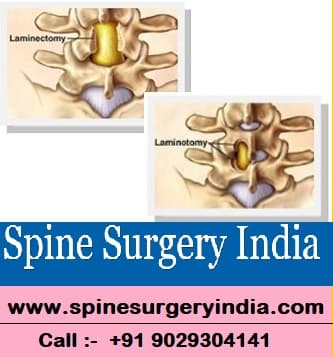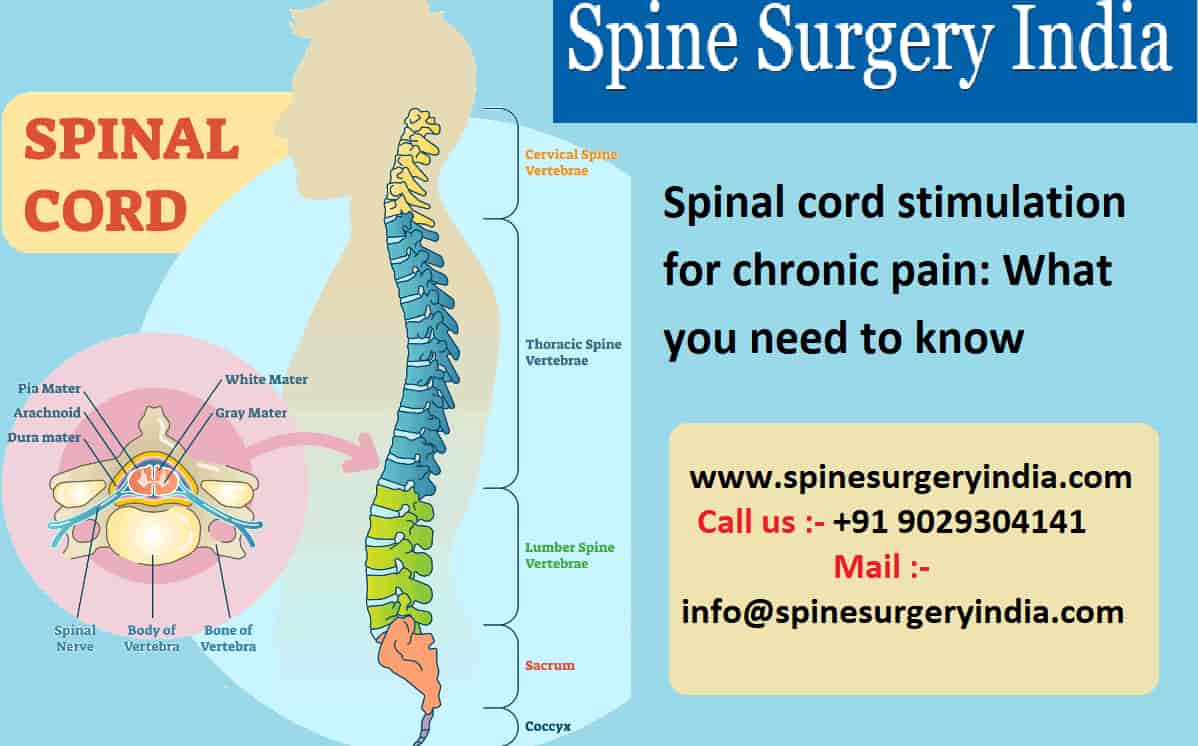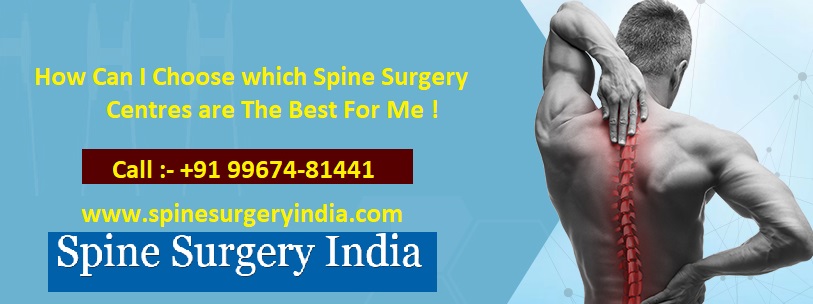
According to medical science, laminectomy and laminotomy are two types of spinal decompression surgeries which involve your spine’s lamina. The lamina is a part of your spine which is a bony protective cover at the back of your spinal canal. The only difference between laminectomy and laminotomy is: A laminectomy is a procedure in which your spine surgeon will remove the total lamina; whereas in laminotomy your spine surgeon will remove the partial lamina. Your spine surgeon is a person who will choose one of these procedures to gain access to a compressed nerve which is causing neck or back pain and other nerve-related symptoms.
What to expect during laminotomy and laminectomy surgery?
Laminectomy and laminotomy both procedure will be performed by using a posterior approach which means your surgeon will ask you toile your face down during the procedure.
Your surgeon will begin the procedures by making an incision near the affected spinal level. Once the incision has been, there is a retractor which will move your skin, fat, and muscles to the side which help your surgeon to access your spine.
Once your surgeon gets access to your spine they will then perform a laminectomy or laminotomy, using great caution to avoid damaging the nerves or the spinal cord. To remove all or part of your lamina carefully, your surgeon may remove all or part of a herniated disc or bone spurs which are causing nerve compression.
Your surgeon may then perform other procedures along with laminectomy or laminotomy, such as a foraminotomy or spinal fusion before they close your incision area.
What are the other procedures performed with laminectomy or laminotomy?
In most of the cases, your spine surgeon will not perform a laminectomy or laminotomy together. However, these two procedures may be performed together if your surgery affects multiple levels of your spine.
A laminectomy or laminotomy are the surgeries which are performed in the combination with other spine surgeries which includes:
- a) Foraminotomy: Like laminectomy and laminotomy, a foraminotomy is also a decompression procedure, but this is a procedure in which your surgeon will not remove the part or all the lamina, they will access the nerves through the spine’s foramen. The foramen is the passageway of the nerves from where it will pass through on both sides of each intervertebral disc.
- b) Spinal fusion: Your surgeons will perform the fusion surgery which supports spinal implants and this is usually performed after decompression procedures, because space which has been created by removing a spinal structure may introduce instability to your spine.
- c) Discectomy: This is a common herniated disc decompression surgery in which your surgeon will remove all or part of the damaged intervertebral disc.
What is the minimally invasive approach for laminectomy or laminotomy?
Laminectomy or laminotomy are the surgical procedures which were performed in a traditional, open way, but now with the advancement in spine surgeries, it has made minimally invasive approaches for these procedures.
Minimally invasive approaches for laminectomy and laminotomy are commonly known as micro laminectomy and micro laminotomy. Like all other types of minimally invasive spine surgeries, micro laminectomy and micro laminotomy also boast smaller incisions, require less cutting, trauma to your muscles and tissues, and quick recovery from injury.
These two procedures may be performed in an outpatient surgical setting. Outpatient spine surgery gives comfort and convenience to all the people who are undergoing spinal surgeries. These minimally invasive laminectomy and laminotomy approaches for outpatients will take around 45 minutes to complete at the hospitals under Spine Surgery India which is a leading medical tourism company in India.
The study says that minimally invasive spine surgery is not an option for everyone and according to your specific spinal disorder and health condition will help your spine surgeon to determine whether the minimally invasive approach is a right choice for you or not. If your spine surgeon recommends you laminectomy or laminotomy for your back pain then you can ask from your spine surgeon that you are a candidate for a minimally invasive approach which is performed in an outpatient setting.
Does laminectomy or laminotomy treat spinal disorders?
Yes, there are several spinal conditions which may be surgically treated by laminectomy or laminotomy that includes herniated disc, spinal stenosis, degenerative disc disease, sciatica, and spondylosis which is also known as spinal osteoarthritis.
Laminectomy and laminotomy are the procedures through which these and other spinal problems may be alleviated. Most of the back and neck disorders can also be well managed with non-surgical treatments such as medications or physical therapies. The spine surgeons at the hospitals under Spine Surgery India first recommend you to try a variety of medications and therapies before considering spine surgery.
If you are diagnosed for laminectomy or laminotomy then you need to speak to your spine surgeon about the risks and benefits of the procedure for you. It is a good practice that before undergoing for the spinal surgery you should question about the procedure which will give you the clear expectations that can lead to better recoveries. The conversations which you have with your spine surgeon before surgery will pay off after.
Which are the best hospitals for spine surgeries in India?
The best hospitals for spine surgeries in India are the hospitals under Spine Surgery India, the top and leading medical tourism company. These are the hospitals where you will get world-class facilities with the best infrastructure and also we have highly qualified and trained professionals who will treat all types of spinal injuries. The surgeons at these hospitals have experience of more than 30 years in treating the spinal injuries and have achieved the highest success rates.
While choosing the hospitals people also think about the cost of the treatment, so here you search ends because all the hospitals under Spine Surgery India offers the reasonable cost of the treatments which can be easily afforded by people of average class as well because the purpose of the surgeons here is to offer the best treatment at reasonable cost. This is the reason that people from other developed western countries visit these hospitals for their spinal treatment.
Related posts
May31
May21
Mar13
Jun06



















